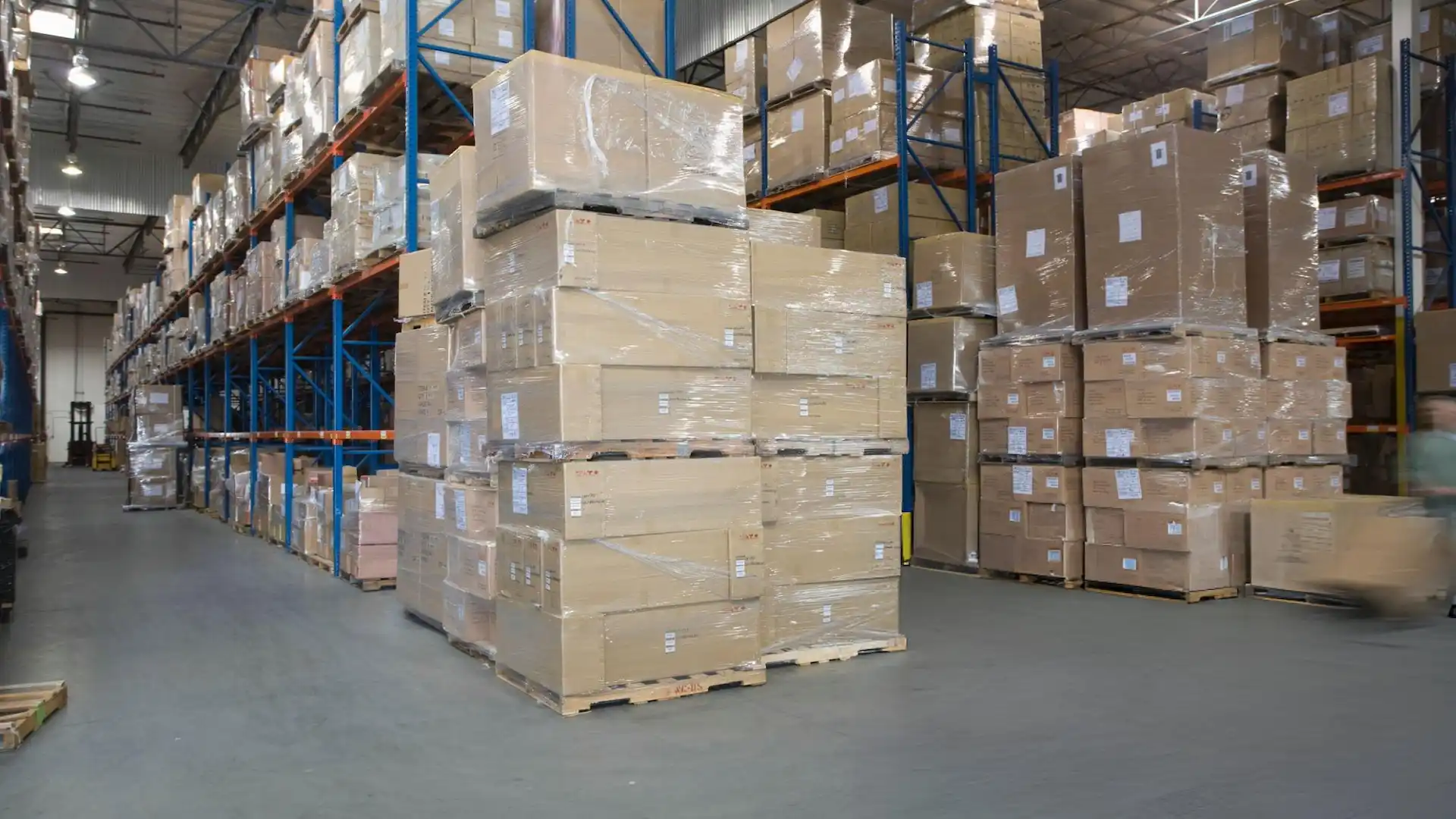Making The Most Of Your eCommerce Inventory Management System

Managing inventory can be one of the hardest parts of running an eCommerce business. Between keeping track of stock, syncing sales across different channels, and preparing for demand changes, it’s easy to feel stretched thin. An effective eCommerce inventory management system eases these stress points by giving you better control, clearer insight, and the ability to plan ahead with confidence.
Smooth inventory operations help prevent costly mistakes like overselling or letting slow-moving products gather dust. But getting to that point means more than just having a system in place. It’s about knowing how to get the most out of it. Whether you’re new to eCommerce or have years under your belt, there's always room to make your setup work better.
Optimizing Inventory Levels
Getting inventory right is part planning and part looking at what’s already happened. You don’t want empty shelves when customers are ready to buy, but you also don’t want to store things for months that nobody wants. This balance is key and often one of the most common challenges businesses face.
Too little inventory means missed sales and frustrated shoppers. Too much inventory turns into money tied up in products and storage. Using your eCommerce inventory management system wisely can help avoid both issues.
Here are a few tips to hit that sweet spot:
1. Track historical sales to understand which items sell quickly and which tend to sit.
2. Use past seasonal data to prepare for spikes in demand.
3. Set reorder points so your system automatically notifies you when stock runs low.
4. Match current inventory against expected growth or upcoming promotions.
5. Group products based on how often they sell so you can focus your planning efforts.
Say you sell outdoor gear and notice that certain items like insulated bottles always spike before back-to-school season. Knowing this lets you plan ahead, stock up early, and avoid customer delays during peak periods.
Automation and Technology Integration
Using spreadsheets or manual systems to manage inventory gets old fast. They leave too much room for error and take up time better spent elsewhere. Automation changes the game, letting your system take care of routine tasks while giving you real-time visibility.
Inventory systems with automation features can sync your sales channels, warehouse, shipping, returns, and more. This not only speeds things up but also helps reduce confusion and manual entry mistakes.
When looking for tech that works for your eCommerce business, ask these questions:
- Does it connect with your online store and shipping tools?
- Can it track inventory in real time from multiple platforms?
- Is it simple enough for your team to pick up quickly?
- Does it offer reports that help you make business decisions?
The right solution doesn’t have to be fancy or expensive. It just needs to fit your business needs and grow with you. Start with what solves your biggest headaches now. From there, you can layer on more tools as your operations grow.
Streamlining Order Fulfillment
A quick and smooth order fulfillment process relies on how organized your inventory is. If your system is slow or inaccurate, it can lead to missed shipments, wrong orders, or delays. Those little slip-ups stack up quickly and can drive customers away.
Your eCommerce inventory management system should make order fulfillment easier, not harder. Real-time updates help make sure what's listed for sale is actually on the shelf and ready to ship. That one step helps avoid a lot of frustration.
To help fulfillment run better, focus on a few proven steps:
1. Sync your inventory system with your selling platforms and shipping software.
2. Use tools like barcodes and scanners to avoid picking the wrong item.
3. Set alerts for low stock to avoid surprise sellouts.
4. Make sure similar-looking items are clearly separated in storage.
5. Review returned items to make sure they’re restocked or disposed correctly.
Imagine you run a home goods store and have two candle scents that look almost the same. Scanning barcodes during the packing process ensures the customer gets the right product the first time, avoiding unhappy emails and costly returns.
Best Practices for Continuous Improvement
Even the best systems need regular attention to stay accurate and helpful. No software can fix problems on its own if the data going into it is wrong. Continuous improvement comes from staying engaged and making adjustments when needed.
Routine audits don’t have to take over your schedule. A quick visual check and review of actual stock versus system data every few weeks can help you catch problems early. These regular check-ins can uncover errors, spot theft or shrinkage, and highlight process issues.
Ongoing improvement might include:
- Doing physical counts consistently, either monthly or quarterly
- Evaluating underperforming products and deciding if they should stay in stock
- Reviewing patterns in returns or stock-outs and adjusting your buying strategy
- Making sure all staff are trained on updates to your inventory system
- Keeping product data fresh with proper names, categories, and item codes
A good system can only do so much if people using it don’t follow the same steps. Make it easier for everyone on your team by holding regular refreshers and keeping communication open.
Stronger Inventory, Stronger Business
Learning how to work with your inventory system, instead of around it, helps take the guesswork out of your operations. It makes fulfillment cleaner, lets you reorder with more purpose, and keeps your customers happy because they get what they expect, when they expect it. There's no special secret—just focused effort and regular follow-through on the basics.
The system itself doesn’t have to be perfect. What matters most is how well it matches the way your team works and how committed you are to making small improvements as you go. Once you get into a rhythm, managing inventory starts to feel less like a chore and more like an advantage.
Ready to optimize your operations and ensure your business runs even smoother? Discover how Atomix can enhance your eCommerce inventory management system with tailored solutions designed to support your growth and simplify logistics from end to end.

.svg)
.svg)
.svg)




